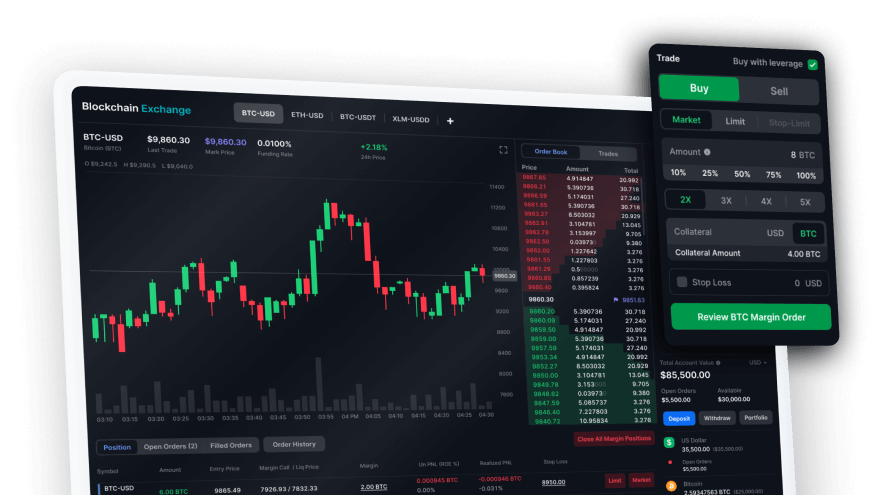AVAX is the native token of the Avalanche platform. AVAX exists on three chains: the X-Chain for trading, the P-Chain for staking when validating the network and the C-Chain where they can be used in smart contracts or to pay for gas.

Trade Avalance with the world's most popular crypto wallet.Over 83 million wallets created to buy, sell, and earn crypto.












A brief history
Launched in 2020 by the Ava Labs team, Avalanche quickly ascended the cryptocurrency rankings while aiming to be the fastest, lowest cost, and most environmentally-friendly blockchain. Although Avalanche’s platform is complex, there are three primary aspects of its design that distinguish it from other blockchain projects. First, it uses a novel consensus mechanism that builds off of PoS. When a transaction is received by a validator node that node then samples a random set of other validators (which then randomly samples another set of validators) and checks for agreement until consensus is reached. Second, Avalanche users can launch specialized chains called sub-nets that operate using their own sets of rules- comparable to Polkadot’s parachains and Ethereum 2.0’s shards. Lastly, Avalanche is built using three different blockchains called the X-Chain, C-Chain, and P-Chain. Digital assets can be moved across each of these chains to accomplish different functions within the ecosystem.
AVAX in practice
AVAX is used to pay transaction processing fees and secure the Avalanche network and acts as a basic unit of account among blockchains in the Avalanche network. The maximum supply of AVAX is capped at 720 million tokens, but AVAX users govern how fast new coins are minted. AVAX holders do so by voting to adjust the amount of AVAX paid as a reward for adding a new block to the Avalanche blockchain. AVAX holders are also able to stake AVAX in exchange for the right to validate transactions on Avalanche. The more AVAX a user has staked and the more they participate as validators on the network, the more likely they will be chosen to validate for new Avalanche blocks. Stakers receive rewards in AVAX for their work which vary depending on the type of transaction and Avalanche's network congestion. Additionally, all fees are burned (removed from circulation) to enable AVAX to become scarcer over time.



































































































